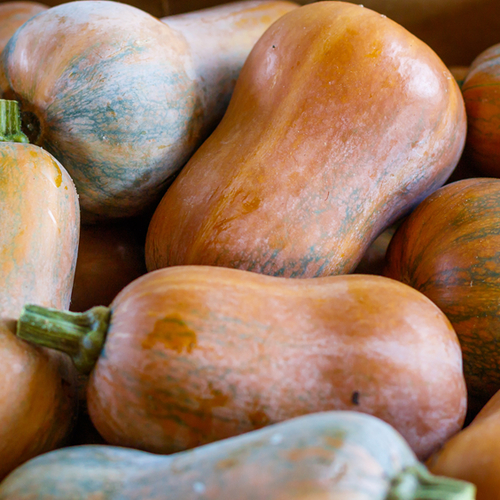
Background
Butternut is used for constipation, gallbladder disease, hemorrhoids, skin diseases, and other conditions, but there is no good scientific evidence to support its use.
Safety Safety definitions
Special Precautions & Warnings:
Pregnancy and breast-feeding: It's LIKELY UNSAFE to use butternut in large amounts if you are pregnant or breast-feeding. It might stimulate the bowels too much. Avoid use.Effectiveness
- Gallbladder disease.
- Hemorrhoids.
- Skin diseases.
- Constipation.
- Cancer.
- Infections.
- Other conditions.
Dosing & administration
Interactions with pharmaceuticals
Digoxin (Lanoxin)
Interaction Rating=Moderate Be cautious with this combination.
Butternut is a type of laxative called a stimulant laxative. Stimulant laxatives can decrease potassium levels in the body. Low potassium levels can increase the risk of side effects of digoxin (Lanoxin).
Medications for inflammation (Corticosteroids)
Interaction Rating=Moderate Be cautious with this combination.
Some medications for inflammation can decrease potassium in the body. Butternut is a type of laxative that might also decrease potassium in the body. Taking butternut along with some medications for inflammation might decrease potassium in the body too much.
Some medications for inflammation include dexamethasone (Decadron), hydrocortisone (Cortef), methylprednisolone (Medrol), prednisone (Deltasone), and others.
Stimulant laxatives
Interaction Rating=Moderate Be cautious with this combination.
Butternut is a type of laxative called a stimulant laxative. Stimulant laxatives speed up the bowels. Taking butternut along with other stimulant laxatives could speed up the bowels too much and cause dehydration and low minerals in the body.
Some stimulant laxatives include bisacodyl (Correctol, Dulcolax), cascara, castor oil (Purge), senna (Senokot), and others.
Warfarin (Coumadin)
Interaction Rating=Moderate Be cautious with this combination.
Butternut can work as a laxative. In some people butternut can cause diarrhea. Diarrhea can increase the effects of warfarin and increase the risk of bleeding. If you take warfarin do not take excessive amounts of butternut.
Water pills (Diuretic drugs)
Interaction Rating=Moderate Be cautious with this combination.
Butternut is a laxative. Some laxatives can decrease potassium in the body. "Water pills" can also decrease potassium in the body. Taking butternut along with "water pills" might decrease potassium in the body too much.
Some "water pills" that can decrease potassium include chlorothiazide (Diuril), chlorthalidone (Thalitone), furosemide (Lasix), hydrochlorothiazide (HCTZ, HydroDiuril, Microzide), and others.
Interactions with herbs & supplements
Horsetail: Butternut contains chemicals called cardiac glycosides. There is a concern that using horsetail with cardiac glycoside-containing herbs such as butternut increases the risk of heart damage due to loss of too much potassium.
Licorice: Butternut contains chemicals called cardiac glycosides. There is a concern that using licorice with cardiac glycoside-containing herbs such as butternut increases the risk of heart damage due to loss of too much potassium.
Stimulant laxative herbs: Butternut acts like a stimulant laxative. It can cause the body to lose too much potassium, and this can harm the heart. There is a concern that using butternut along with other stimulant laxative herbs might increase the risk of losing too much potassium and harming the heart. Stimulant laxative herbs include aloe, alder buckthorn, black root, blue flag, colocynth, European buckthorn, fo-ti, gamboge, gossypol, greater bindweed, jalap, manna, Mexican scammony root, rhubarb, senna, and yellow dock.




